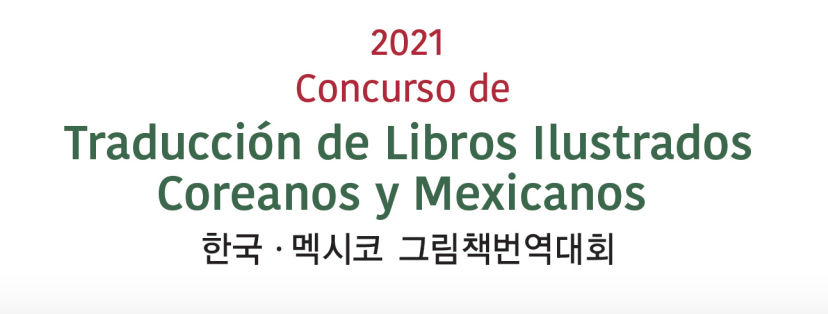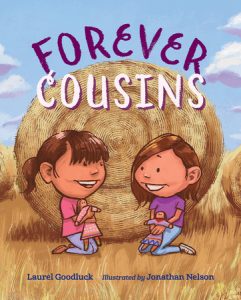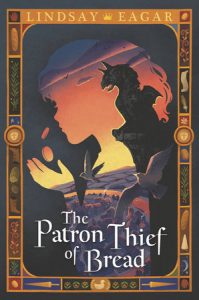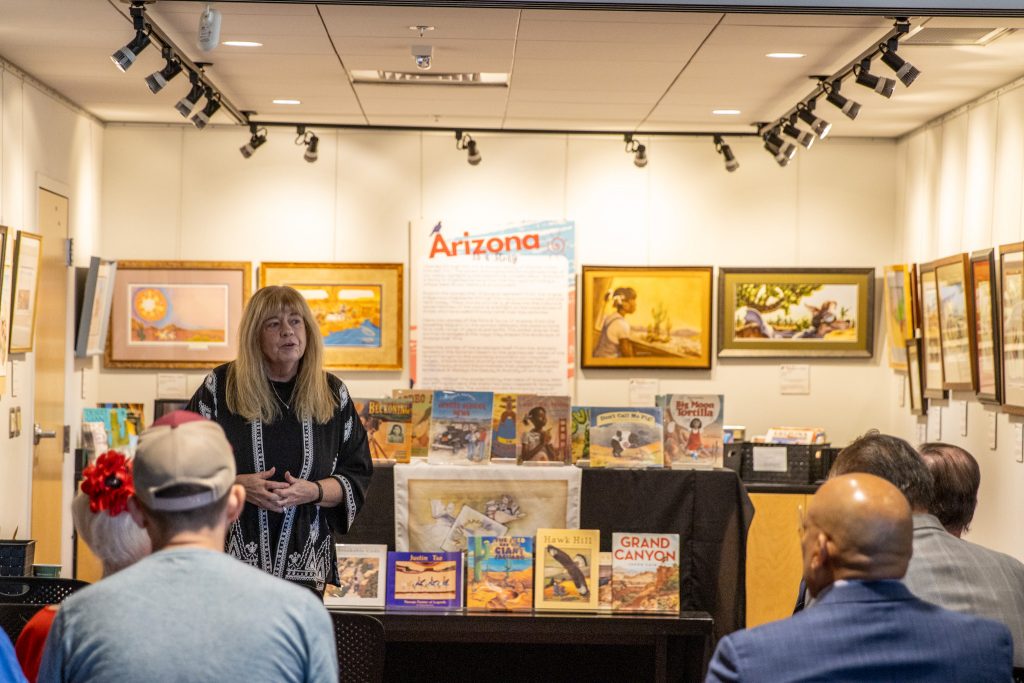by Mary L. Fahrenbruck, New Mexico State University, Las Cruces, New Mexico
Author’s Note: The thoughts and opinions expressed in this blog post are my own and do not represent the Worlds of Words Center. The content is based on my professional experiences in WOW and in the LETRS professional development training sessions.
My response to the question posed in the title above is that reading aloud has the potential to become common ground between Worlds of Words (WOW) and Language Essentials for Teachers of Reading and Spelling (LETRS) (Lexia, 2024). Despite their different focuses – Worlds of Words on global literacies and literatures for all readers and LETRS on professional development training for prek-3 educators and administrators – this common ground exists. This blog post is my attempt to reconcile my theoretical groundings in constructivism, socio-psycholinguistics and Reader Response theory with the LETRS training permeating school districts in New Mexico (NM) where I reside. Continue reading



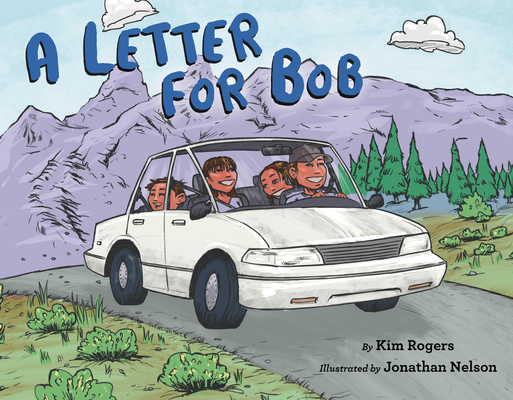
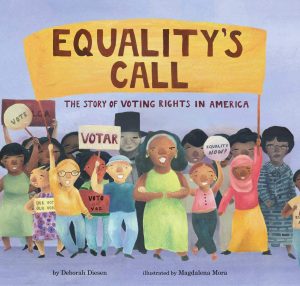 Jane Goodall recently outlined,
Jane Goodall recently outlined, 